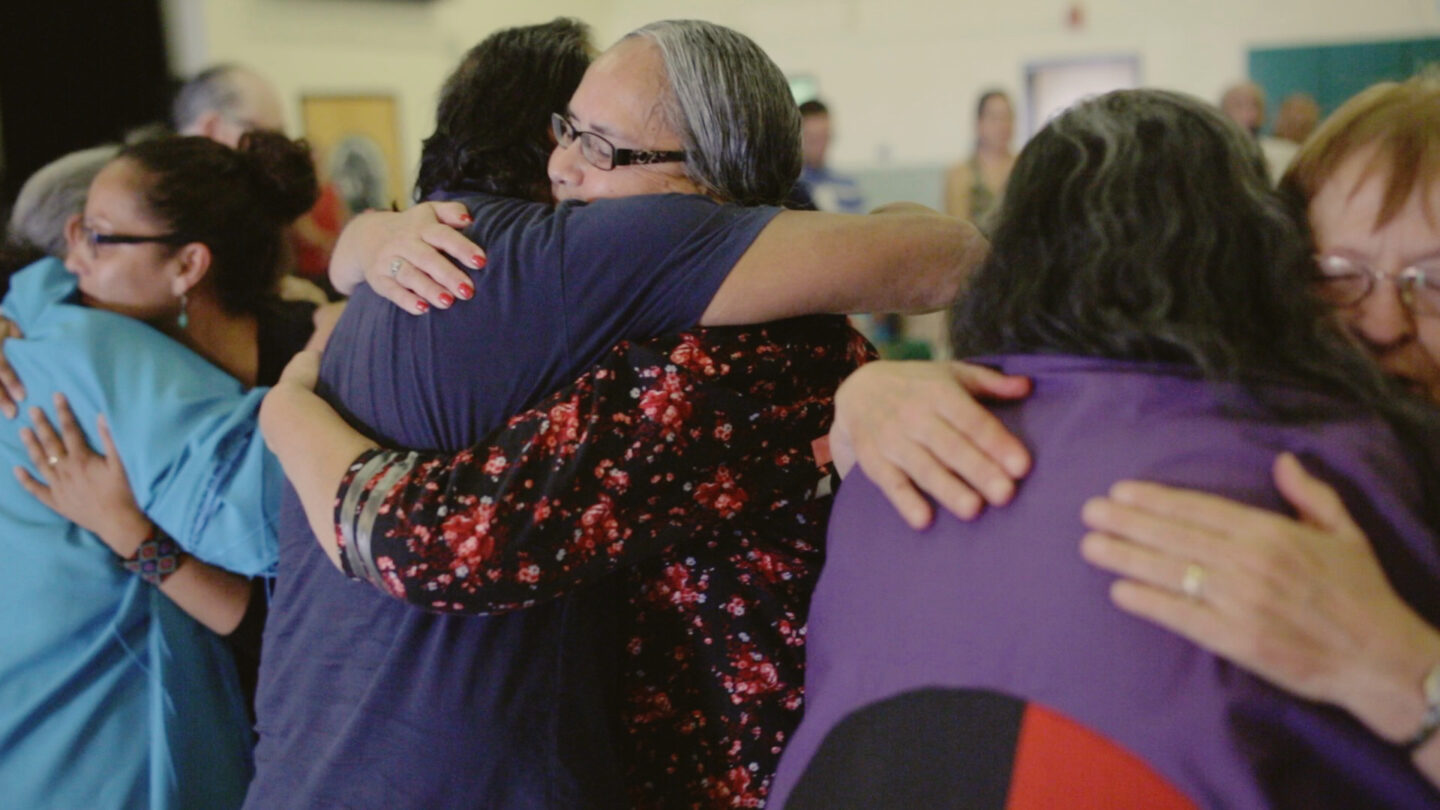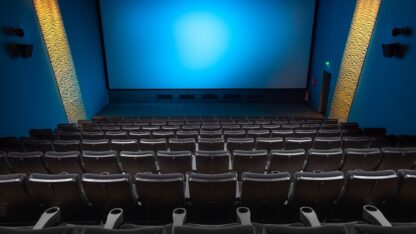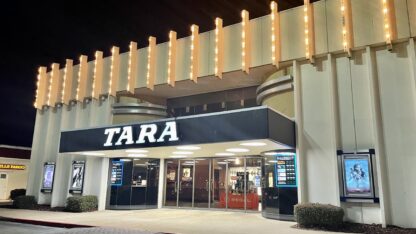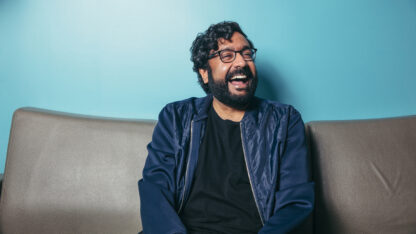This month, World Channel’s “America Reframed” series celebrates and highlights indigenous communities with several films, one of which is “Blood Memory,” which looks at America’s Indian adoption era, historical injustices done to indigenous people and how they’re preserving their culture today. “City Lights” producer Summer Evans was joined by the film’s director Drew Nicholas to talk about the practices of family separation and harm endured by Native American children for over a century.
Interview Highlights:
An era of indigenous displacement and cultural erasure:
“The ‘boarding school’ era has become sort of a designated time period … You’re essentially talking the late 1800s through the 1960s, 1970s, where the majority of these schools were really taking place. And basically through the boarding schools, thousands of kids were put on trains, taken to the other side of the country from where their families were and they were put in … military-style schools or Catholic or Christian schools where they would have their hair cut, have their names changed. If they spoke their language, they would have soap put in their mouth, or pins put in their tongue — everything that could happen that could indoctrinate into white society.”
“At that time, it was actually seen as a progressive idea in American politics,” Nicholas said. “American society was like, ‘Oh, instead of just outright killing and massacring Native American peoples, let’s bring them into the swim of American citizenship,’ as [Richard Henry Pratt] had put it, the founder of Carlisle [Indian School] … The unofficial slogan of these schools was, ‘Kill the Indian and save the man,’ or ‘save the child.'”
How boarding schools led to adoption projects and pushback from Native communities:
“The idea started to become, ‘Oh we should just put kids in these white homes,’ and that’s where the spring-off of the Adoption Era starts to materialize,” Nicholas explained. “You have this explosion of interest in Native kids, because they were ‘more exotic’ and there became marketing campaigns by government-funded Child Welfare League of America, [who] created the Indian-American Adoption Project, and in the ’60s, they just started putting out numbers and really promoting; ‘Adopt an Indian kid.'”
“By the late ’70s, there was a study, a group of mothers from a tribe in North Dakota … It used to be called ‘Devil’s Lake.’ And a group of mothers from there were noticing that every time they spoke with other elder women about the loss of children and they realized, ‘This isn’t just our community…’ They put together a push to get information, a push for research, and the research uncovered that roughly 25 to 35% of children had been removed from their tribal communities.”
Discovering a community of indigenous adoptees removed from land and family:
“The first time I met Sandy in 2010, that was in Minneapolis in the American Indian Center there. It was an urban indoor pow-wow for children, and those who had been removed. So specifically that day, I got to witness the talking circle for the first time,” recounted Nicholas. “Upstairs, there’s a reunification room where those who have been removed, who have experienced adoption or foster care, they just get together and have a talking circle.”
He continued, “For a lot of folks who participate in that circle, it’s their first time back, too. It’s their first time that they’ve gone to try and retrace their steps, or they’ve made some big decision to drive from Canada to Minnesota to try and meet a cousin. And the magnitude of how traumatic and how emotional and how vulnerable a space that this film was going to go into was right there from day one.”
“Blood Memory,” part of World Channel’s “America Reframed” film series, is available to stream now at worldchannel.org/episode/arf-blood-memory.









